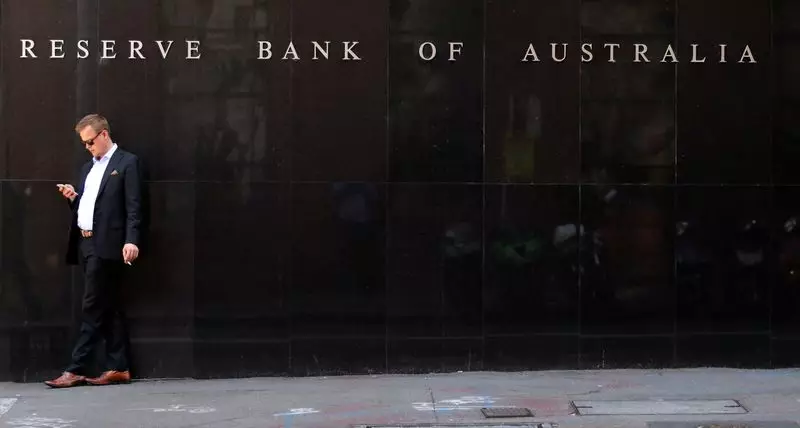In the midst of a fluctuating economic landscape, concerns about inflation in Australia have come to the forefront, especially in relation to central bank policies. Australia’s central banking authority, the Reserve Bank of Australia (RBA), has recently addressed the ongoing inflation discourse, emphasizing that immediate risks associated with de-anchoring inflation expectations appear manageable. According to Assistant Governor Sarah Hunter, households have demonstrated a surprising resilience in their perception of inflation, showing a capacity to overlook recent price surges more than policymakers initially anticipated. This response indicates a potential disconnect between wage and inflation expectations, highlighting a more complex economic behavior among consumers and labor markets.
Assessing the Stability of Inflation Expectations
During her speech at a financial conference in Sydney, Hunter reaffirmed that these inflation expectations remain stable, alleviating immediate concerns for the RBA. She noted that empirical findings suggest a relatively weak correlation between wage growth and inflation forecasts. This brings into question traditional assumptions that wage increases typically drive inflation expectations higher. By acknowledging this divergence, the RBA can adopt a more nuanced approach to monetary policy, focusing less on historical patterns and more on current consumer sentiment and behavior.
The RBA’s commitment to monitoring inflation expectations stems from a strategic perspective. While current indicators do not warrant alarm, the importance of tracking shifts and understanding the formation of these expectations cannot be overstated. Hunter’s remarks underline the central bank’s proactive stance, demonstrating an awareness of the potential for future risks that could influence economic stability.
Policy Implications and Economic Conditions
As inflation persists at a stubborn level of 3.9%, the RBA faces challenges in navigating its monetary policy. Since November, the bank has kept the cash rate steady at 4.35%, a significant increase from the historical low of 0.1% during the pandemic. This decision reflects a deliberate strategy: ensuring that rates remain sufficiently restrictive to mitigate inflation while concurrently safeguarding ongoing employment gains. The persistence of core inflation above the RBA’s target range signals underlying economic pressures, warranting a cautious approach moving forward.
Market expectations, as indicated by swaps, suggest a mere 40% probability of interest rate cuts by December, reflecting a broader uncertainty about future economic conditions. Such projections call for vigilance from both governmental and financial sectors. As the RBA seeks to balance inflation control with employment priorities, the path ahead requires careful navigation amidst evolving economic indicators.
Australia’s central bank remains vigilant yet composed regarding the current inflationary landscape. While immediate risks related to de-anchoring expectations are deemed minimal, the emphasis on continual monitoring and assessment cannot be overlooked. The RBA’s adaptive approach, influenced by consumer behavior and economic data, is vital for fostering financial stability. As Australia continues to traverse the complexities of inflation and economic recovery, the strategic insights provided by the RBA will play a crucial role in shaping fiscal responses and ensuring that inflationary pressures do not undermine long-term economic growth.

